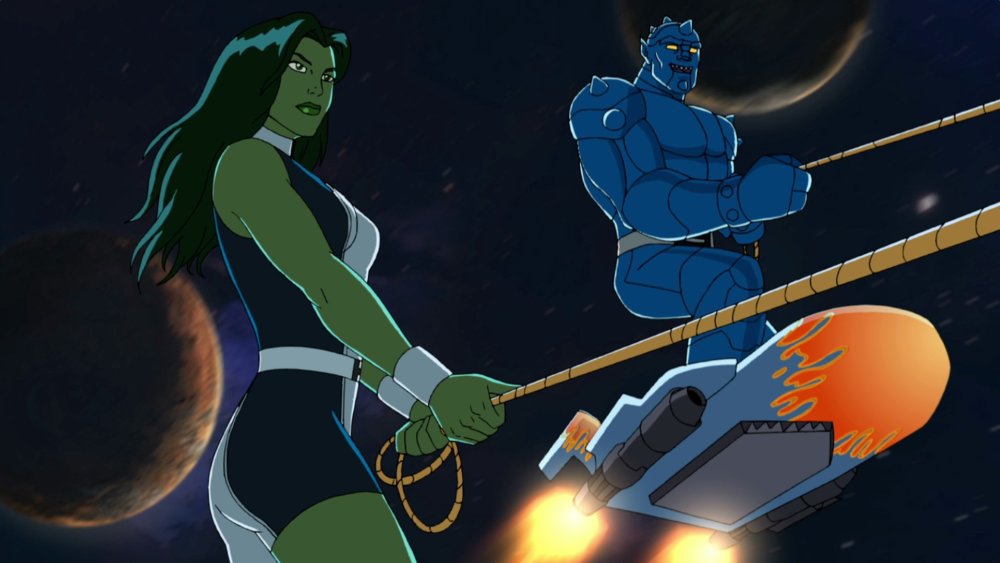

Princess Zelda's character design in the original The Legend of Zelda Zelda is usually depicted as a right-handed person, except in the Wii version of Twilight Princess, where the game world is mirrored to the Nintendo GameCube version.


Her alter egos also have their own abilities. Brawl), telepathy and precognition for example, she can cast spells and create or undo barriers and seals. Most iterations of Zelda also have psychic or magical powers, such as teleportation (also known as "Farore's Wind" in Super Smash Bros. She is associated with the goddess Nayru and the Triforce of Wisdom. Zelda always wears long mitts and a golden diadem. Zelda has generally has blonde or brown hair and blue-gray eyes, and often wears a rose-colored skirt and a pink bodice with pink shoes, but in Twilight Princess, she wears a white kirtle with brown boots and a purple bodice. Like Link, Princess Zelda has multiple incarnations in the series, varying in physical age, appearance and assumable disposition. This goal was influenced by a survey Nintendo had looked over revealing that users preferred female characters that were more independent. Spirit Tracks director Daiki Iwamoto had also expressed an interest to make Zelda "a more integral part of the game" when the development process began. Zelda was ultimately chosen since she was "an interesting and appropriate character". However, the team questioned why an enemy character would work together with Link, and thought of an idea where a second character would take control of the phantom. įor the development of The Legend of Zelda: Spirit Tracks, the development team expressed a desire to have the Phantom character that appeared in The Legend of Zelda: Phantom Hourglass’s Wi-Fi battle mode working cooperatively with Link. He drew the illustrations of Zelda with the feelings of “hopelessness and anxiousness”, and tried to avoid associating her with “gloom and doom”. Ben Reeves of Game Informer explained that the "name Zelda (alternately Selda or Segula) might not be used much anymore, but this old Yiddish name means "blessed, happy, or lucky." ĭuring the development of The Legend of Zelda: Twilight Princess, illustrator Yusuke Nakano tried to portray Zelda “as if she’s wondering about something”. In others, she displays other magical powers.Ĭreator Shigeru Miyamoto has stated that her name was inspired by Zelda Fitzgerald, the wife of American novelist F. In some games, she appears as one of the sages.

Similar to the Mario-rescues- Peach story in Nintendo's Super Mario game series, Zelda is usually kidnapped or imprisoned by Ganon (Ganondorf), though Zelda usually plays a more prominent role in the story than Peach, oftentimes aiding Link either directly or indirectly in his quest against Ganondorf. Though she is the eponymous character, the player controls the protagonist, Link. The name has applied to every female member of Hyrule's royal family, which includes several distinct characters in Hyrule legend.
#Camille skyloft and smash toons dating series#
Princess Zelda ( ゼルダ姫, Zeruda-hime ?) is the name of a fictional character in The Legend of Zelda series of video games by Nintendo. Hikari Tachibana ( The Wind Wake] and Phantom Hourglass) Melee, Twilight Princess, Super Smash Bros. Jun Mizusawa ( Ocarina of Time, Super Smash Bros. Mariko Kōda ( BS Zelda no Densetsu Inishie no Sekiban, Sound & Drama) Brawlīonnie Jean Wilbur ( Link: The Faces of Evil and Zelda: The Wand of Gamelon) Princess Zelda as seen in The Legend of Zelda: Twilight Princess and Super Smash Bros. Unsourced material may be challenged and removed. Please help improve this article by adding citations to reliable sources. This article needs additional citations for verification.


 0 kommentar(er)
0 kommentar(er)
